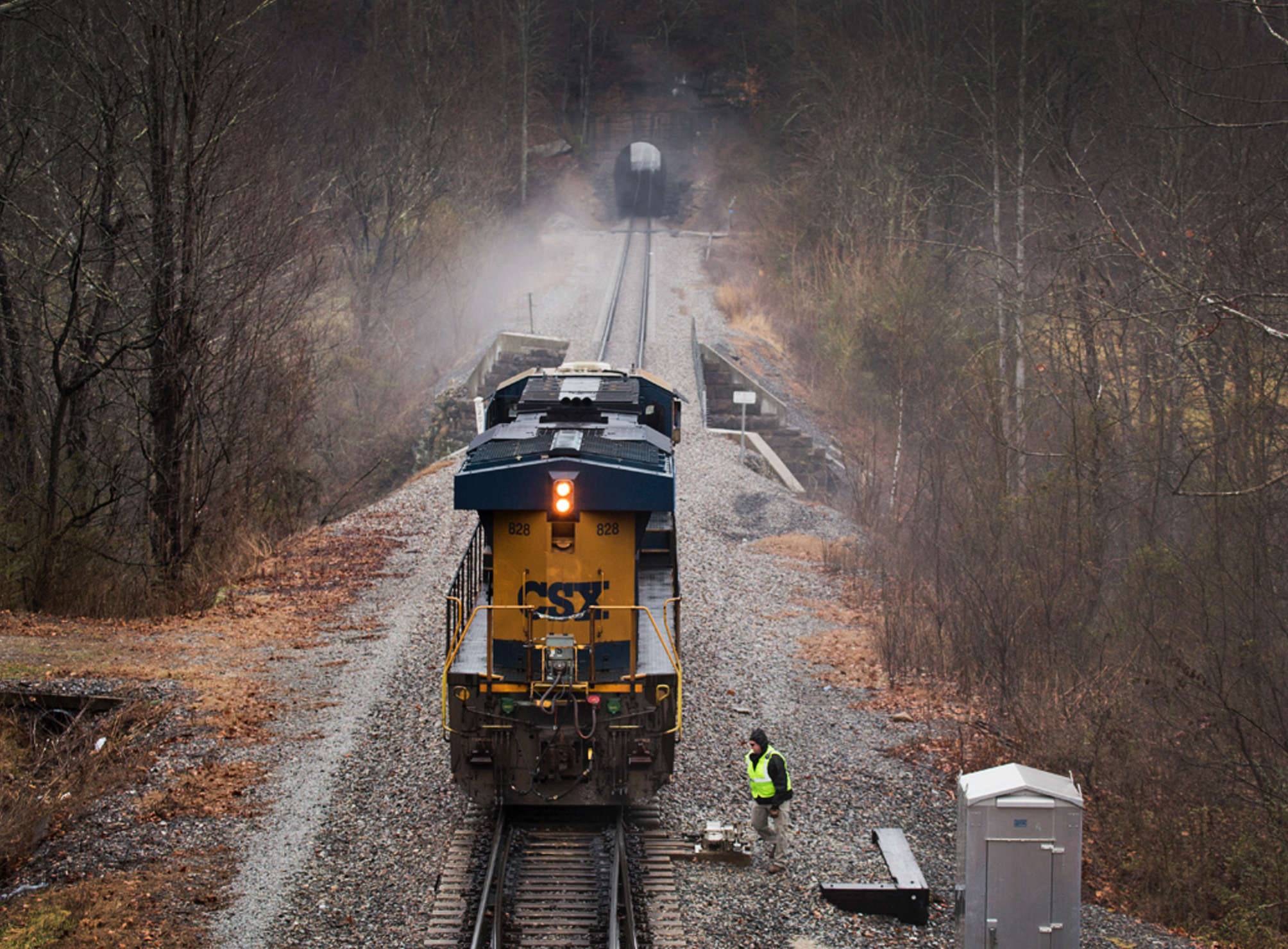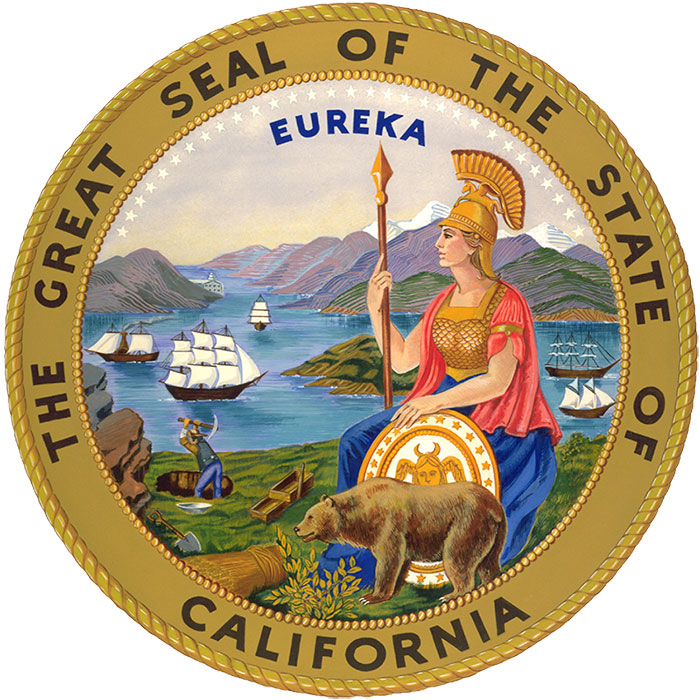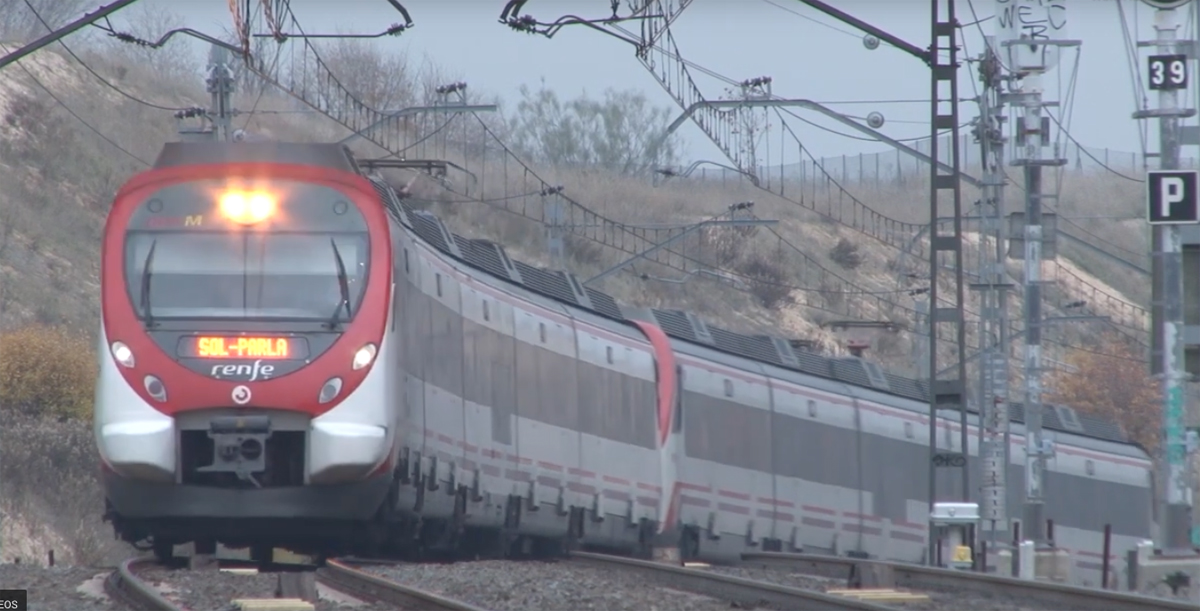“Our office is being informed that the carrier has made the decision today to cut off all the pusher assignments on our property,” read the union’s post. Local 1162 represents CSX railroaders on the railroad’s former Clinchfield Railroad in eastern Tennessee.
In Cumberland, Md., about 400 miles northeast of Local 1162’s territory, reports surfaced this week that CSX had attempted to abolish pusher assignments across Sand Patch grade on the railroad’s famed Baltimore & Ohio mainline.
A CSX employee familiar with area operations tells Trains News Wire that pusher assignments in Brunswick, Md., have been abolished and the railroad tried to cut pusher assignments on Sand Patch this week out of Hyndman, Pa., and Connellsville, Pa.
The employee, who asked to remain anonymous, says the railroad got rid of pushers in Hyndman and Connellsville for about one day before realizing it created for a backlog of rail traffic across the Keystone Subdivision west of Cumberland.
The pusher assignments at Hyndman and Connellsville have been reassigned, but the Brunswick pusher jobs, which shove trains on the B&O’s Old Main Line Subdivision, are still abolished. The same source says CSX is taking a similar approach in abolishing pusher assignments on the railroad’s Mountain Subdivision out of Grafton, W.Va.
With the absence of pushers, local railroad managers are instructing train crews to double the hill or use the motive power of other trains in the area to assist.
Doubling a hill is an operational practice that divides a single train into multiple cuts, as opposed to taking the entire train across a grade at one time. Ideally, trains would have sufficient head-end power to tackle mountainous routes without the need for additional rear-end locomotives.
On the railroad’s former Chesapeake & Ohio territory in West Virginia and Virginia, unit coal trains have been operating at shorter lengths to ensure they can climb Alleghany grade into Virginia without needing the Ronceverte, W.Va., pusher.
Unit trains that once operated with two head-end locomotives, 150 cars, and one rear-end pusher based out of Ronceverte are now operating with three head-end locomotives and at shorter train lengths. Trains of 150 cars are typically running as 100-car trains amid declines and restructuring of the railroad’s coal business.
On routes with less rail traffic than primary corridors, such as the C&O in West Virginia, pusher jobs may be perceived to management as insufficient. On former B&O territories in Maryland, such as Cumberland, pusher locomotives actually serve a broader purpose one employee says.
“The Hyndman helpers are actually ‘district switchers’ so they relieve trains, yard trains, and work as needed,” the worker says.
The Hyndman assignment also assists downhill trains descending Sand Patch with additional braking capabilities when head-end locomotives are experiencing air or engine issues.
The worker believes due to the multiple roles played by the Hyndman assignment, it may lead to the continuation of the jobs.
Trains News Wire asked CSX to respond to reports about pusher assignments.
“As part of an ongoing comprehensive review of company operations, CSX continues to make changes across its network, including changes to operating rules, to improve safety, efficiency and service to customers,” CSX representative Rob Doolittle says. “As these operational changes are made, CSX managers are communicating with employees and any other stakeholders who may be impacted to implement changes safely and effectively.”
CSX pusher assignments are most common in coal-dominant rural sections of Appalachia on former C&O, B&O, Louisville & Nashville, Clinchfield, and Western Maryland territories.
Prior to CEO E. Hunter Harrison joining CSX, the railroad experimented with an operational strategy that replaced manned pushers on the C&O mainline with longer trains and mid-train distributed power units.
The DPU-equipped train made a single test run from Russell, Ky., east to Richmond, Va., last winter with two head-end locomotives, two mid-train DPUs, and 220 loaded coal hoppers. After experiencing delays and a broken knuckle enroute, CSX reduced the length of the trains to its normal 100 and 150-car unit trains through West Virginia and got rid of the unmanned DPU locomotives.















Micheal Ward where are you when you are needed?
once again EHH proves his head is up where the sun don’t shine. someone shut of his O2 please !!!
I think this is a big mistake because of Sand Patch,17-Mile,& Allegheny Mountain. With no helper on the rear if a coupler fails half of the train is roll backwards down the grade out of control resulting in a derailment and possible injury or death. Stupid decision CSX.
Egad. And here I was daydreaming about Sand Patch and the West End just this morning, trying to think of when I could get back up there, let alone back to Grafton. Labor Day weekend, maybe.
Doubling those hills. Good luck..
(What of How Tomorrow Moves?)
(Either I read it somewhere or someone along the grade told me last Fall that NS considered DPUs on the Altoona to Johnstown stretch but thought the distance too short to net any real efficiencies. I have no real info about this. Cumberland to Connellsville is a longer distance, though. The Hyndman helper base and the pocket tracks at Sand Patch are long gone; The Hyndman helpers run out of Cumberland.)
What about the pushers at Cowan Tennessee?
One runaway crash and they will blame the crew but quietly put back in pushers.
Any current situation with Less Traffic is temporary as ultimately traffic will grow. Hopefully these changes aren’t permanent.
Way too many of these “minor events” are showing the industry that EHH does not give a rat’s tail about any one or any thing, except his money. He has cut 9 hump yards, idled hundreds of locomotives, wants to reduce double-tracking to single, and has fired over 2300 employees, and another 700 are close to losing their jobs. All the while, a nearly $2 million corporate office expansion. Taking away safety attire, and forcing the rank and file to get their own, removing brake sticks, and a plethora of other minor things, constitute a haphazard form of leadership, or lack thereof. In my humble opinion of 40 years in the distribution world. Thankfully, I am retired.
Just sold all my CSX stock. Hate to see a good railroad destroyed by short sighted economies that aren’t really economies.
See http://www.railwayage.com/index.php/blogs/william-vantuono/whats-going-on-at-csx.html?channel=00
“With the absence of pushers, local railroad managers are instructing train crews to double the hill or use the motive power of other trains in the area to assist.”
It is this kind of “whatever happens happens” type of railroading that costs money. During my 30 year career as a train dispatcher doubling a hill normally meant additional crews would be needed and more delays to other trains in the area. Even more congestion ensues when taking power off a train to assist another as now you have two trains not moving and in the way of others. How does this practice of “precision railroading” not lead to additional costs?
You have to spend some to make some which is not what today’s greedy management wants to do. It is easier to not have an efficient plan and just blindly make cuts and see what happens. Case in point the aforementioned cut of the Hyndman assignments for one day. Sadly laughable.
“On routes with less rail traffic than primary corridors, such as the C&O in West Virginia, pusher jobs may be perceived to management as insufficient.” Somebody do some proofreading, please? – the correct word is “inefficient”.
I guess that “precision railroading” means doubling a hill.
Feel sorry for Mr. Doolittle – not a fun time to be in media relations for CSX.
With less traffic why not?
Not exactly on topic, but… EHH wants to single-track the Water Level Route from Albany to Chicago.
[Source: Railway Age, commentary by William C. Vantuono]
IS HE OUT OF HIS MIND?
CSX is heading fast toward a total gridlock. There goes railroading in the 21st Century, growing by cutting its ability to haul tomorrow’s traffic (let alone today’s traffic).
So, if a 220 car train with DPU’s didn’t work, and you went back to 150 car trains…why not just run 150 car trains with DPU’s…or is that to efficient for EHH.
Seems that when you have 500-600 locomotives in storage, you could spare a few to make sure that your trains have enough power to pull trains over the grade. Five,six, seven on the head end – it wouldn’t matteer with so many units to spare. Of course though at a certain point you start exceeding the upper strength of your drawbars and couplers, so you either need DPU’s, pushers, or run shorter trains.
Norfolk Southern, which pretty much parallels CSX everywhere in the east, uses DPU and pushers frequently and they don’t seem to be having a problem. However, even before Darth Raider got put in charge, CSX was resistant to the things that other railroads were doing. For example, word from corporate was no-way-no-how are we ever going to let road-railers on our tracks. No real reason was given for the ban.
Other roads have used DPUs successfully even through tunnels. It seems like they should work fine on Sand Patch and other grades like it.
I found the last paragraph in Chase’s blog exemplifies what is all too often a desire to resist change on the part of the railroads. A single test fails, so the idea is dropped.
CPR nearly 50 years ago also had challenges with the much more primitive DPU technology of the day, but instead chose to identify what the problems were and solved them. They have used it very successfully ever since, updating to the newer versions of Locotrol as they were developed over half a century. Its use has been expanded system wide and to all types of trains.
I believe the present widespread use of DPUs by most major roads owes CPR a big vote of thanks for its role in the early years. A number of US roads dabbled in it a bit, but like CSX last winter, used a few glitches as an excuse to abandon the experiment. A few others did use locotrol a bit longer, but never really adopted it with any enthusiasm.
I heard that EHH when he was at CN was originally against DPUs because he felt assembling trains was slightly less efficient. Eventually he was forced to admit there were indeed benefits that more than compensated for the minor inconvenience, and CPR’s use was continued when he took over.
$$$$$$$
CSX’s decision is one of pure idiocy — unless you want to freeze a network and displease shippers.